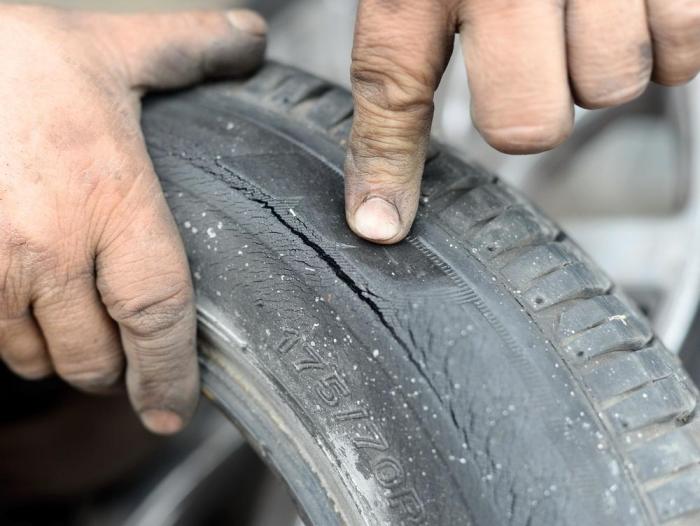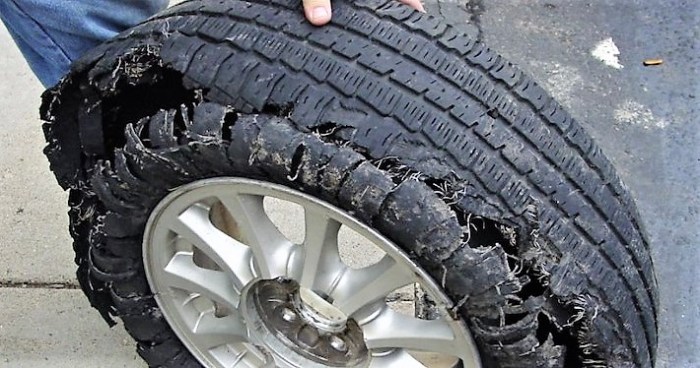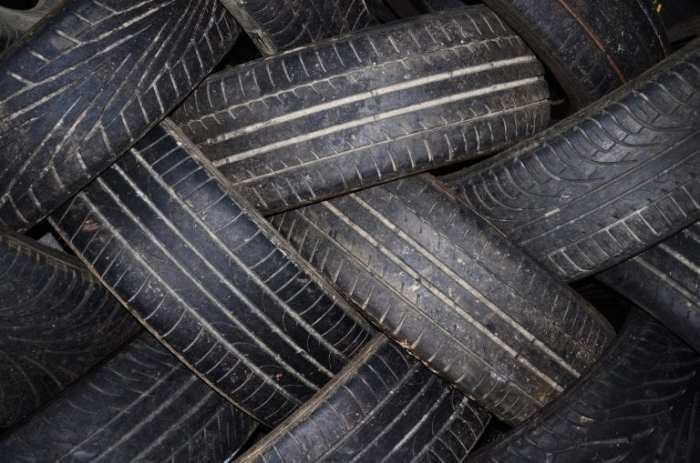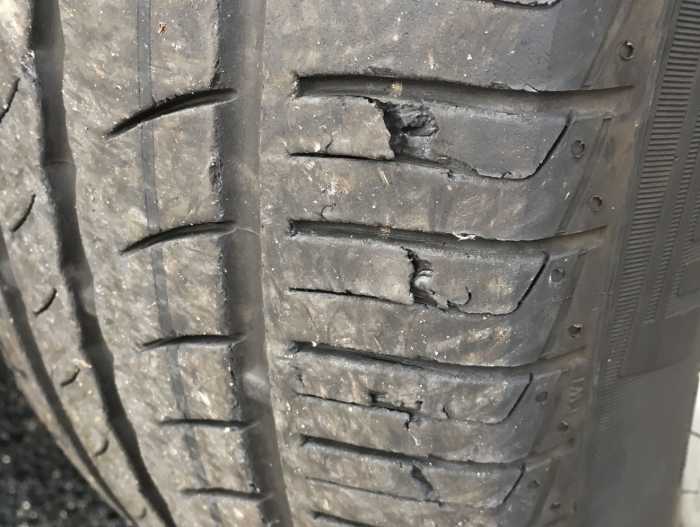Several factors can cause tire failure – Tire failure is a prevalent issue that can lead to severe consequences, ranging from minor inconveniences to catastrophic accidents. Understanding the various factors that contribute to tire failure is crucial for drivers to ensure their safety and the longevity of their vehicles.
This comprehensive guide delves into the causes, impact, prevention, detection, and appropriate actions to take in the event of tire failure. By providing a thorough understanding of these aspects, drivers can effectively minimize the risks associated with tire failure and maintain optimal vehicle performance.
Causes of Tire Failure

Tire failure is a serious issue that can lead to accidents, injuries, and vehicle damage. There are several factors that can contribute to tire failure, including:
- Underinflation: When tires are underinflated, they are more likely to overheat and blowout. This is because the sidewalls of the tire flex more when underinflated, which generates heat. The increased heat can cause the tire to fail.
- Overloading: When tires are overloaded, they are more likely to experience tread separation. This is because the weight of the vehicle puts excessive stress on the tire, which can cause the tread to separate from the tire.
- Improper alignment: When tires are not properly aligned, they can wear unevenly. This uneven wear can lead to premature tire failure.
- Excessive wear: When tires are worn down, they are more likely to fail. This is because the tread on the tire is designed to provide traction and prevent skidding. When the tread is worn down, the tire is less effective at providing traction and is more likely to skid.
Impact of Tire Failure

Tire failure can have a number of serious consequences, including:
- Accidents: Tire failure can cause accidents by causing the vehicle to lose control. This can lead to serious injuries or even death.
- Injuries: Tire failure can also cause injuries to the occupants of the vehicle. This is because the force of the blowout can cause the vehicle to jerk or swerve, which can throw the occupants around. The occupants can also be injured by flying glass or debris from the tire.
- Vehicle damage: Tire failure can also cause damage to the vehicle. This is because the force of the blowout can damage the wheel, suspension, and other components of the vehicle.
Prevention of Tire Failure

There are a number of steps that drivers can take to prevent tire failure, including:
- Regular tire inspections: Drivers should inspect their tires regularly for signs of wear, damage, or underinflation. This can be done by looking at the tread depth, checking for cracks or bulges, and making sure that the tires are properly inflated.
- Proper inflation: Drivers should inflate their tires to the recommended pressure. This can be found on the sidewall of the tire.
- Routine maintenance: Drivers should have their tires rotated and balanced regularly. This will help to ensure that the tires wear evenly and last longer.
Detection of Tire Failure: Several Factors Can Cause Tire Failure

There are a number of signs that can indicate tire failure, including:
- Bulges: Bulges in the sidewall of the tire can be a sign of internal damage. These bulges can be caused by a number of factors, including impact damage, overloading, or underinflation.
- Cracks: Cracks in the sidewall of the tire can also be a sign of internal damage. These cracks can be caused by a number of factors, including age, exposure to sunlight, or chemical damage.
- Uneven wear patterns: Uneven wear patterns on the tire can be a sign of improper alignment or balancing. This can lead to premature tire failure.
Addressing Tire Failure
If you experience tire failure, it is important to take the following steps:
- Pull over safely: If you experience a tire failure, it is important to pull over safely. This means pulling over to the side of the road and stopping the vehicle in a safe location.
- Call for assistance: Once you have pulled over safely, you should call for assistance. This can be done by calling roadside assistance or a tow truck.
- Replace the damaged tire: Once you have called for assistance, you should replace the damaged tire. This can be done by yourself if you have a spare tire and know how to change a tire. Otherwise, you will need to wait for roadside assistance or a tow truck to arrive.
FAQ Corner
What are the most common causes of tire failure?
Underinflation, overloading, improper alignment, excessive wear, and manufacturing defects are the most prevalent causes of tire failure.
What are the potential consequences of tire failure?
Tire failure can lead to accidents, injuries, vehicle damage, and reduced fuel efficiency.
How can I prevent tire failure?
Regular tire inspections, proper inflation, routine maintenance, and avoiding overloading are effective measures to prevent tire failure.
How can I detect signs of tire failure?
Bulges, cracks, uneven wear patterns, and excessive vibration are common indicators of tire failure. Regular tire inspections and tire pressure monitoring systems can aid in early detection.
What should I do in the event of a tire failure?
In the event of a tire failure, remain calm, pull over to a safe location, call for assistance, and replace the damaged tire as soon as possible.